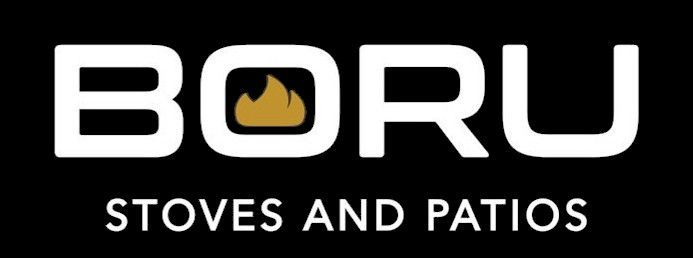How does a back boiler on a stove work?

How does a back boiler on a stove work?
As we navigate the realm of home heating options, one fascinating and efficient method stands out – the back boiler on a stove. This ingenious system seamlessly combines the functionality of a stove for cooking with the ability to heat water and radiators. In this article, we'll delve into the inner workings of a back boiler, exploring how it operates to provide warmth and hot water in a harmonious marriage of practicality and sustainability.
The Basics of Back Boiler Technology:
A back boiler is a heating device that is integrated into a stove, typically located at the rear. Its primary purpose is to harness the excess heat generated during the burning of solid fuel, such as wood, coal, or peat, and convert it into usable heat for domestic purposes. This technology has been a staple in many homes, particularly in rural areas, where access to alternative heating sources may be limited.
Positioning and Design:
The back boiler is strategically positioned behind the stove's firebox, taking advantage of the intense heat produced during combustion. The design is carefully crafted to maximize heat transfer from the stove to the water, ensuring efficiency in the process.
Water Circulation:
The heart of the system lies in the circulation of water. Pipes connected to the back boiler transport water to and from the unit. As the water passes through the boiler, it absorbs the heat generated by the burning fuel. This heated water then circulates through a network of pipes to different destinations within the home, depending on the heating requirements.
Radiators and Underfloor Heating:
A common destination for the hot water is the central heating system. Radiators positioned strategically throughout the house release the captured heat, warming the rooms to a comfortable temperature. In some cases, the hot water can also be channeled to underfloor heating systems, providing an even and cozy warmth from the ground up.
Domestic Hot Water:
Simultaneously, a portion of the heated water is diverted for domestic use. This water is sent to a separate storage tank or directly to taps and showers, providing a readily available supply of hot water for various household activities, from washing dishes to taking a relaxing bath.
Efficiency and Environmental Benefits:
One of the key advantages of a back boiler on a stove is its inherent efficiency. By harnessing the otherwise wasted heat generated during the cooking process, this system maximizes the utility of solid fuel. This not only reduces energy waste but also contributes to cost savings for homeowners.
Dual Functionality:
The dual functionality of a stove with a back boiler is a notable feature. It serves as a reliable source of heat for space heating while also providing hot water for domestic use. This versatility is especially valuable in homes where space may be limited, as it eliminates the need for separate heating appliances.
Renewable Energy Source:
For those who opt for wood-burning stoves, the back boiler system becomes even more environmentally friendly. Wood is considered a renewable energy source, as long as it is harvested sustainably. Unlike fossil fuels, burning wood releases carbon dioxide that is part of the natural carbon cycle, making it a more eco-friendly option.
Reduced Reliance on Grid Power:
The integration of a back boiler on a stove also offers a degree of energy independence. Homeowners can reduce their reliance on grid power for both heating and hot water needs, particularly in rural areas where power outages may be more frequent.
Maintenance and Considerations:
While the concept of a back boiler on a stove is relatively straightforward, proper maintenance is crucial to ensure optimal performance and longevity.
Regular Cleaning:
Over time, the combustion of solid fuel can result in the accumulation of ash and soot in the back boiler. Regular cleaning is essential to prevent blockages and maintain efficient heat transfer.
Water Quality:
The quality of the water circulating through the system is also important. Corrosion and the build-up of scale can occur, affecting the efficiency of the back boiler. Using a water treatment additive and ensuring proper water circulation can mitigate these issues.
Conclusion:
In the quest for sustainable and efficient heating solutions, the back boiler on a stove stands out as a timeless and ingenious technology. By seamlessly integrating into the heart of a home – the kitchen – it transforms the act of cooking into a multi-functional and environmentally conscious endeavor. As we continue to explore innovative ways to reduce our carbon footprint, the back boiler on a stove serves as a shining example of how simple yet effective technologies can make a significant impact on our daily lives.
